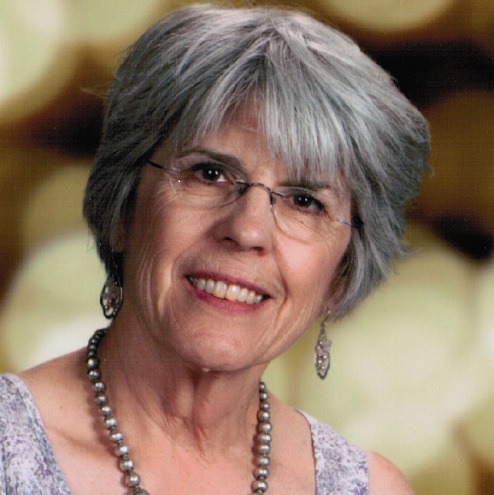“Oh, the Lord is good to me and so I thank the Lord for giving me the things I need like the sun and the rain and the apple seed. Oh, the Lord is good to me. Amen. Amen. Amen.”
Children, gathered around their cookies and juice at Sunday School (or in my case at Wednesday School) sing this meal blessing with gusto. I too sing this song with gusto as I look out over God’s creation in the frontier in which I live and serve.
What is “frontier”?
Frontier? Do I live in a part of the country that borders on another country? Well, I could say yes to that since Canada is only about 50 miles away from where I live. Do I live in the unsettled part of our country, like the way we think of the Old West? Well, no, because modern amenities and conveniences are available, although they are not at my fingertips. A trip to town, whether 50 miles or 120 miles, means stocking up on necessities. What is the frontier today? I live and serve in an area that is not completely considered or understood by the majority. I live and serve in a very rural and very remote part of the United States populated by few people who chose to live and eke out a living here. There are more cows per square acre than people! And we are forgotten by the majority.
I live in northeastern Montana, and the two small churches I serve are part of the Montana/Northern Wyoming Synod. Most people, when hearing or thinking about this vast state of Montana, think of the mountains in the western part of the state. You can certainly see the wonders of God’s creation in the mountains and lakes and forests, and the more urban areas of our state are located there. But two thirds of the state is covered by an immense stretch of plains dotted with small towns and communities. It’s a unique landscape filled with hills, buttes, river valleys, fertile soil, and in places with a moonscape type of topography.
Unique ministry
Just as this part of the country is unique, so is ministry here, and often this ministry resembles the ministry of circuit riders in the Old West frontier days. I fully realized this when I took my most recent boundaries training class which was offered through zoom for people serving in the Rocky Mountain region. My fellow classmates were mostly pastors serving in large urban areas, and I looked forward to learning about their contexts. But what I came away with is that the people in my class could not grasp my context.
Yes, they understood “rural,” but the remote part was an alien thought to them. This became evident in a breakout session when someone commented that a pastor should not live in the same neighborhood as their congregants and should not engage in outside social activities with the people whom they serve. I tried to explain that there was no way I could do that because of the very remote area in which I serve. If I miss the home basketball game, my absence is noted. Before I could more fully explain the remoteness of my context, the breakout session ended. But the conversation brought home the point that very few in the wider church don’t consider or fully understand this kind of ministry.
Blessings of driving
Many pastors in the eastern part of Montana serve two or more points in a parish, separated by long stretches of highway, paved or gravel. Among those with whom I serve, I consider myself fortunate because I only drive 13 miles between the two churches I serve, while some drive 50 miles or more to serve in small congregations separated by miles. Driving is vital to the context of frontier ministry. Not only do I drive 26 miles each Sunday, but also a drive to a cluster meeting is a 45-mile one-way trip and driving for Bishop’s convocation or Synod Assembly is a 250-mile one-way journey. Just as the circuit rider was a skilled horse rider, we frontier ministers are adept drivers. A blessing of these short and long drives is to reflect on a conversation or my reading or refine my weekly sermon or to consider a situation that has come before me. An added blessing is to see God’s creation stream by as I drive—the crops, grass, trees, and shrubs as the seasons change as well as the deer and antelope, and the birds.
Easter people
So, why do I feel blessed to serve on the frontier? It’s because of the people who live here. The people who live here are true Easter people. They have the hope of what the future will bring. They put a seed in the ground with the hope that it will grow and produce fruit. But if the rains don’t come and the crop isn’t what was expected, thanks for God’s blessings still comes from their hearts and mouths. They feel blessing in both the scarcity and abundance they experience in their daily lives. They thank the Lord for the sun and the rain and the apple seed as well as the dry times, the grasshoppers, and the poor grain prices. They work and live with the hope of what the future will bring, and that hope transfers to the faith they have in God and his promise of eternal life. And I am blessed to serve people with such an awesome hope.




Thanks for helping people imagine and understand your remote rural context a little better. I appreciated your reflection.